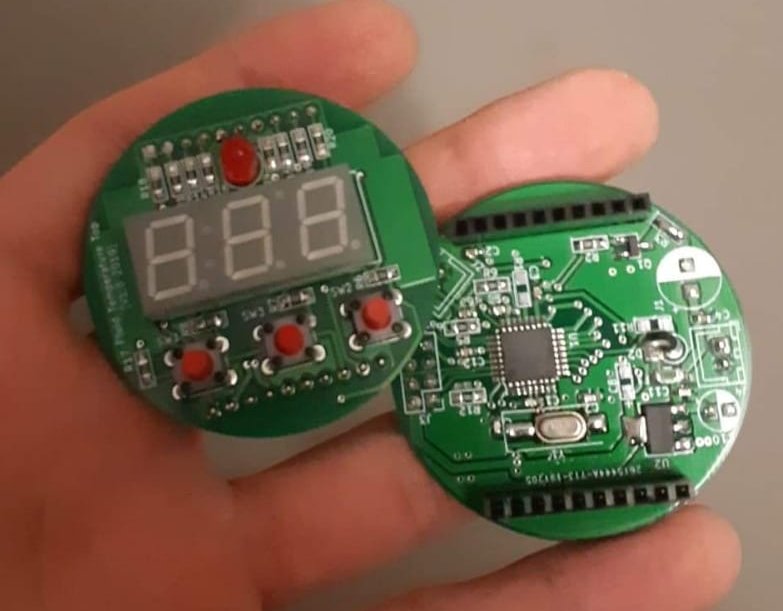The Microcontroller That Sparked My Embedded Journey
This week’s featured chip isn’t the flashiest or the fastest — but for many makers, it was the gateway into the world of embedded electronics. For me, the ATmega328P was exactly that.
Why the ATmega328P?
The ATmega328P is an 16-MHz 8-bit microcontroller from Microchip (originally Atmel), and it gained legendary status as the heart of the Arduino Uno and Nano. With 32KB of flash memory, 1KB of EEPROM, and a rich set of peripherals (UART, SPI, I2C, ADC, timers), it was powerful enough for real-world projects — and simple enough for beginners to actually understand.
But beyond the datasheet specs, this chip became personal for me.
My First Real Microcontroller Experience
The ATmega328P wasn’t just a component on a board — it was the first microcontroller I had serious exposure to. Before it, I had dabbled with electronics: blinking LEDs, soldering kits, maybe even messing around with logic gates. But when I first loaded code onto an ATmega328P and watched it run my own logic — it clicked.
I started with an Arduino Uno, of course, like many do. But it wasn’t long before I branched out, wiring up bare ATmega328Ps on breadboards and PCBs. I learned about crystal oscillators, decoupling capacitors, serial communication, and analog to digital conversion.
Even now, when I’m working with 32-bit ARM chips or ESP32 modules, I still appreciate the beauty of the ATmega328P.
Project Example Using ATmega328P
Digital Thermometer:

Fun Fact: This coolant temperature gauge I designed is a perfect example of a use-case for the ATmega328P! Below were the main points outlining this project:
- Pick a sensor: Use any range of temperature sensors from digital ICs, to sensors which output analog signals, such as the LM35 or a custom NTC thermistor circuit.
- Display the result: The ATmega328P has plenty of horsepower to drive displays ranging from 7-segment modules using shift registers, or communicate with I2C-interfaced small OLED graphical displays.
- Add a buzzer: Simple additions like buzzers make a project “sing”. This can expand the range of the project’s feature set to now allow for warnings when temperatures move out of a designed range.
- (Optional) Save stats: Since the ATmega328P harbors integrated Non-volatile EEPROM, we may as well use it! You can store minimum and maximum values if you are trying to track the temperature swing of a room or object. Don’t forget to incorporate a button to reset these min/max values when needed!
Final Thoughts
The ATmega328P may not be the newest kid on the block, but it earned its place in the hall of fame. It was the microcontroller that turned many of us from hobbyists into makers, from code dabblers into embedded designers.
For me, it’ll always be more than just a chip — it’s where the journey really began.